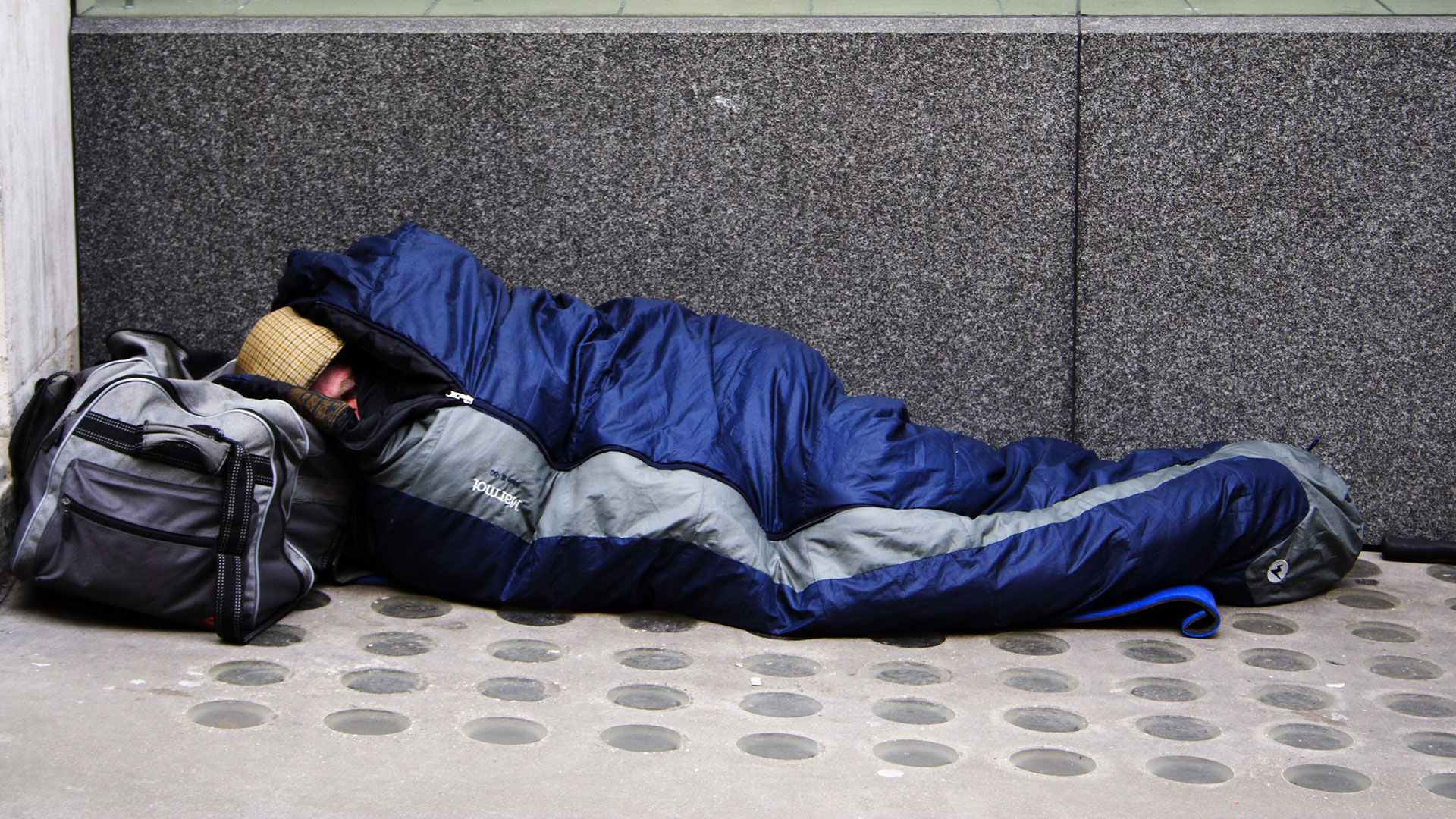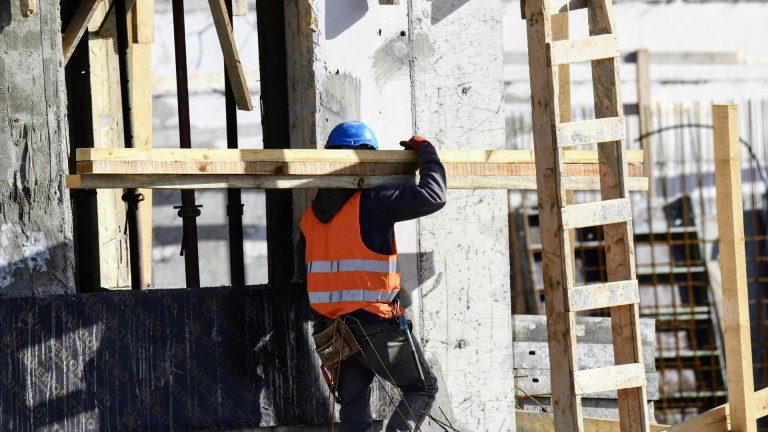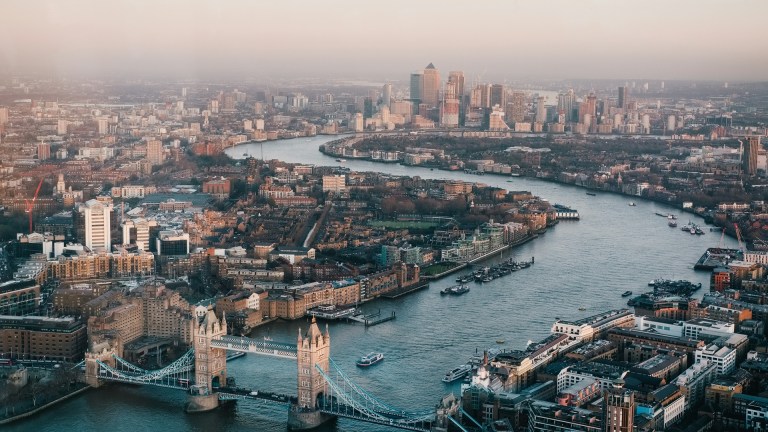“Rather than waiting until people are on the streets, a preventative approach is needed. This will require a multi-agency response and long-term funding to support London boroughs facing increasing pressures.”
The new figures come as homelessness charity Crisis has launched its campaign to scrap the Vagrancy Act, which it says “represents everything that’s wrong with how homeless and vulnerable people are treated”.
More than a third (34 per cent) of street homeless people said they had come from private rented accommodation. As in previous years, most new rough sleepers said they were made homeless after being evicted or asked to leave by the person they were staying with.
Stephen Robertson is CEO of The Big Issue’s charitable arm, The Big Issue Foundation. He said: “With over 5,500 people new to rough sleeping within these alarming figures, we must remember that most recent figures revealed that London has over 20,000 empty properties with a further 25,000 plus in the commuter belt.
“These properties have been vacant for six months or more. Each challenge should not be seen in isolation. The solutions to this crisis are within the reach of intelligent policy makers. The absence of genuine political will, I fear, lead to further entrenchment, despair and lives being lived on the streets of our capital.”
Westminster had the biggest concentration of rough sleepers, with 2,512 people (28 per cent of the overall London total). Of the 10 boroughs with the highest numbers of rough sleepers, only Tower Hamlets has reduced its numbers since 2017-18.
As many as 283 people were seen sleeping rough at Heathrow airport; 224 on buses; and 18 people on the night tube.
Half of all people were reported as needing mental health support.
Balbir Chatrik, director of policy and communications at charity for young people Centrepoint, said the reality shown by the new figures is “sobering” but no longer shocking.
She added: “The homelessness crisis is sadly all too visible on the streets of the capital, as it is in many other cities and towns. And we know that rough sleeping is just the tip of the iceberg.
“There are thousands more young people who are hidden homeless – sofa-surfing for months on end, sleeping on public transport, or staying with strangers just to find a bed for the night. Centrepoint estimates that across the UK, 103,000 young people are homeless or at risk.
“If our next Prime Minister is committed to reducing homelessness in all its forms, they must urgently ramp up funding for councils and continue to reform Universal Credit into a system that works for everyone.”









